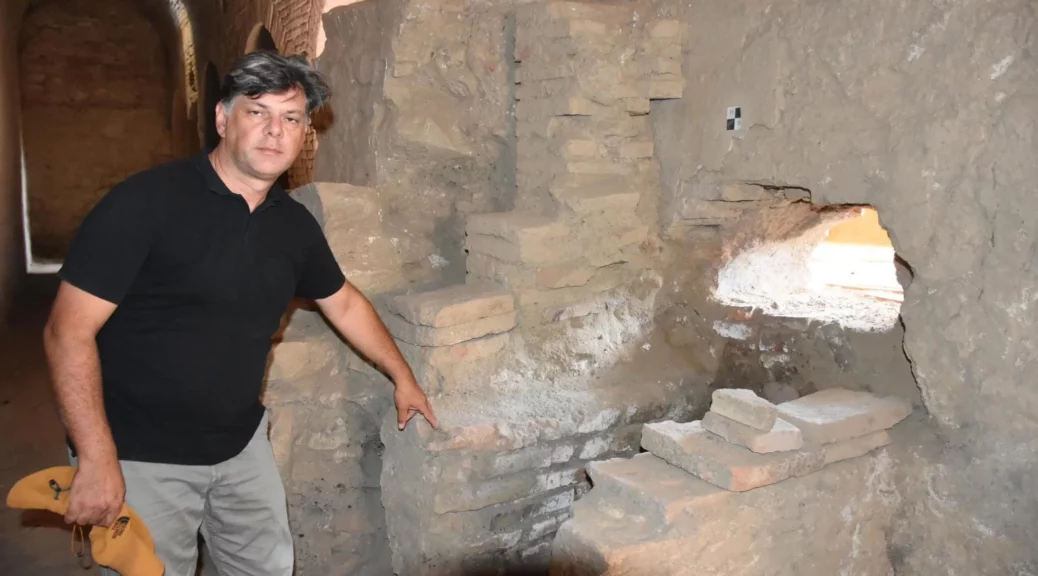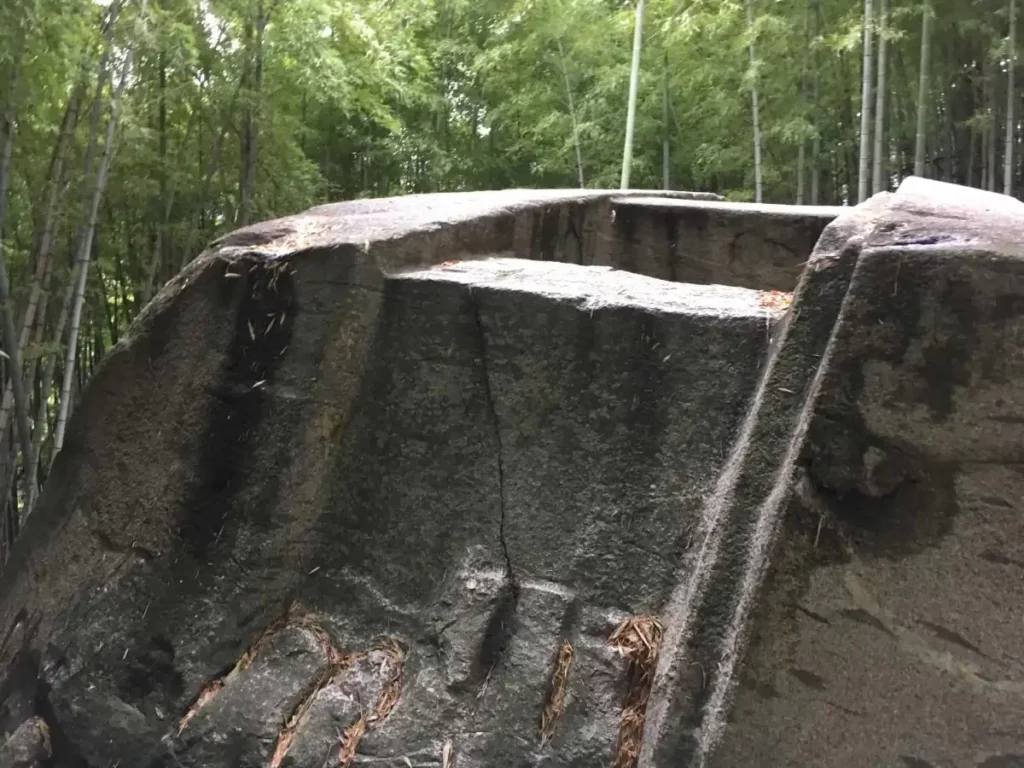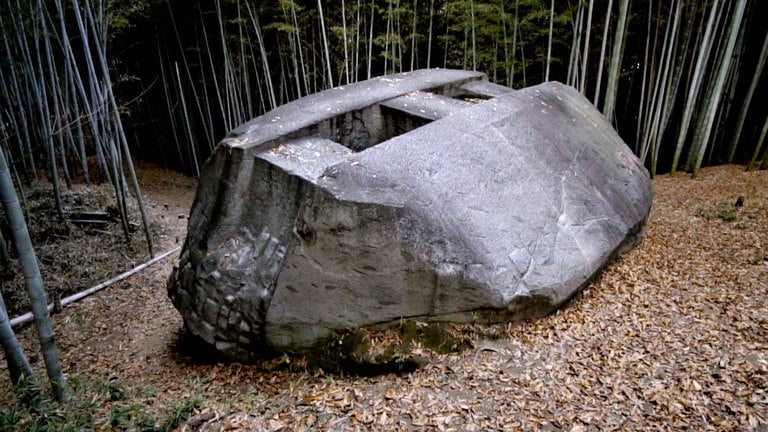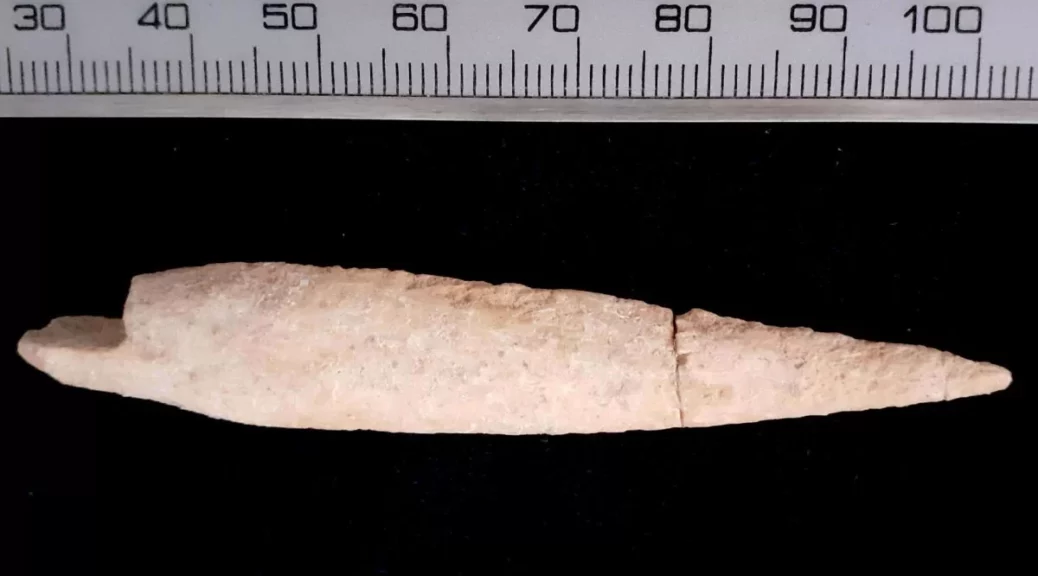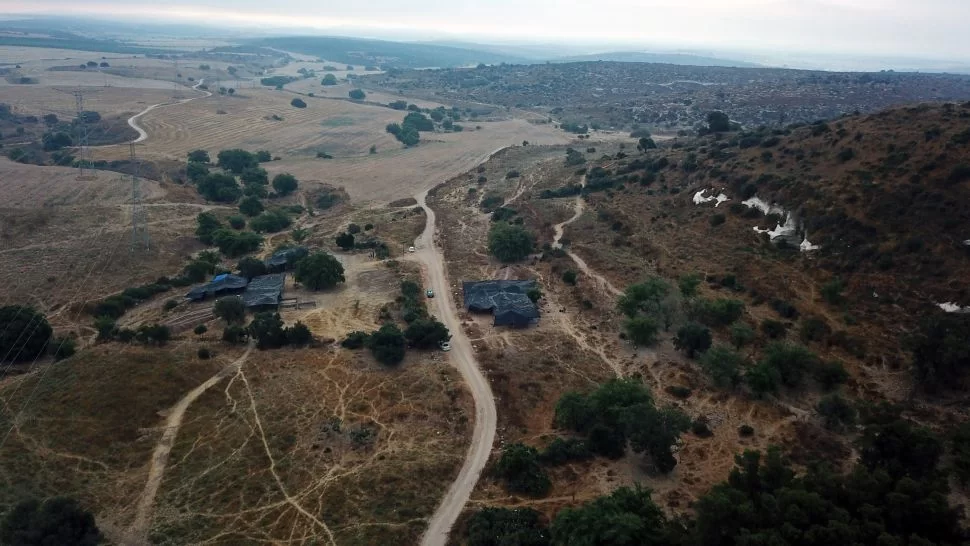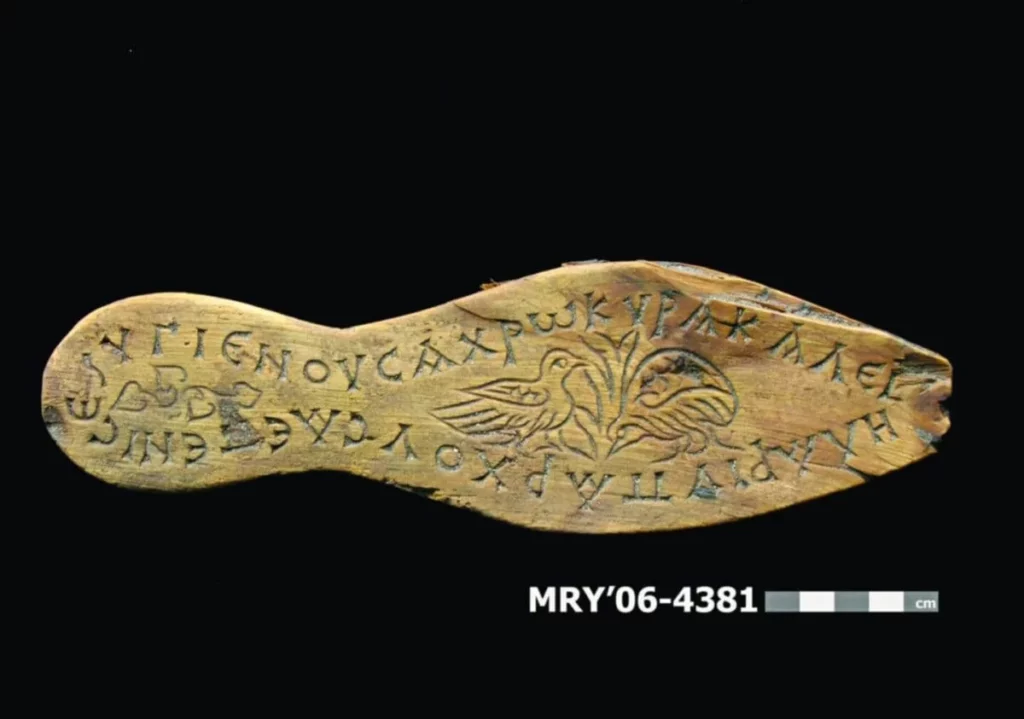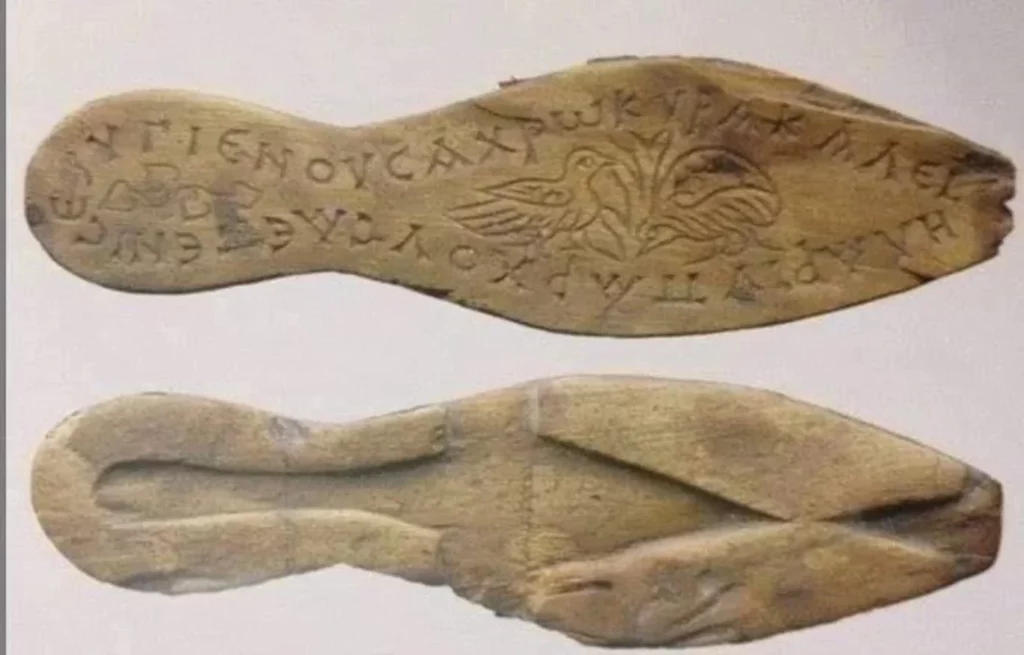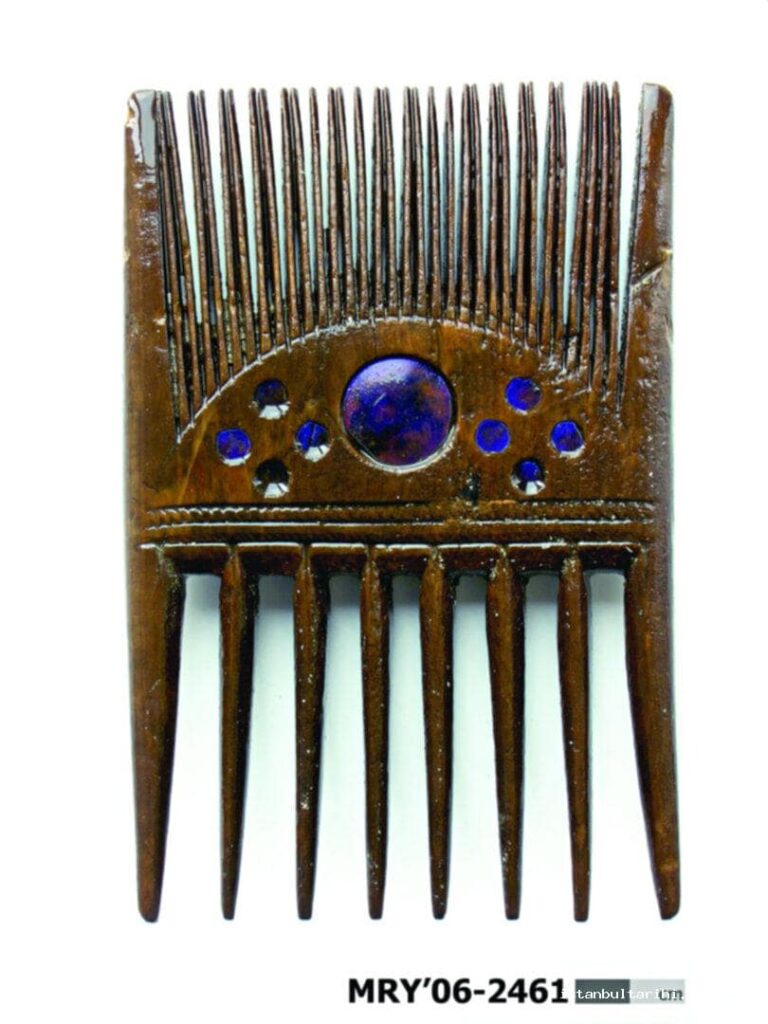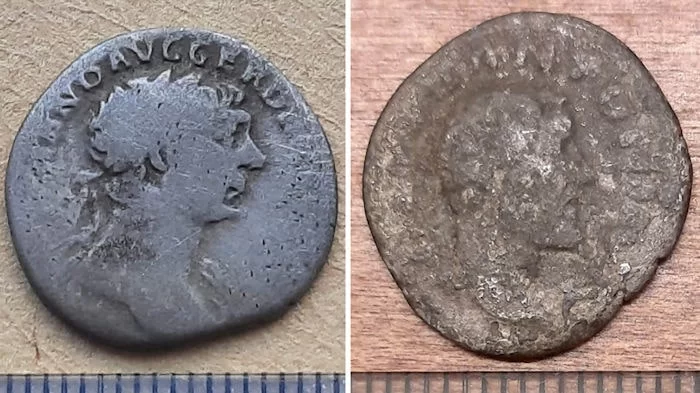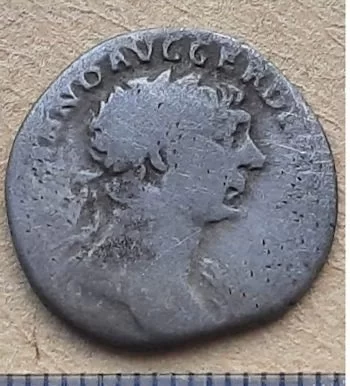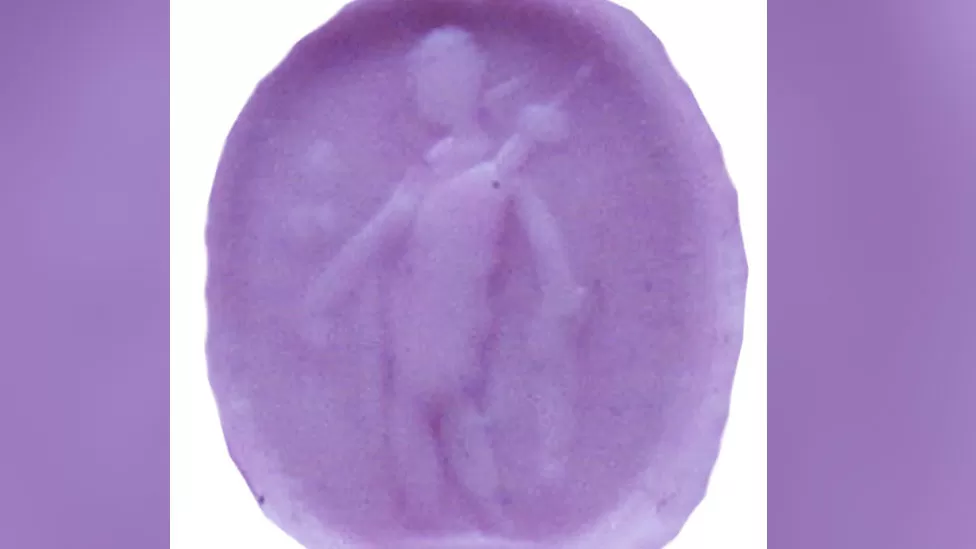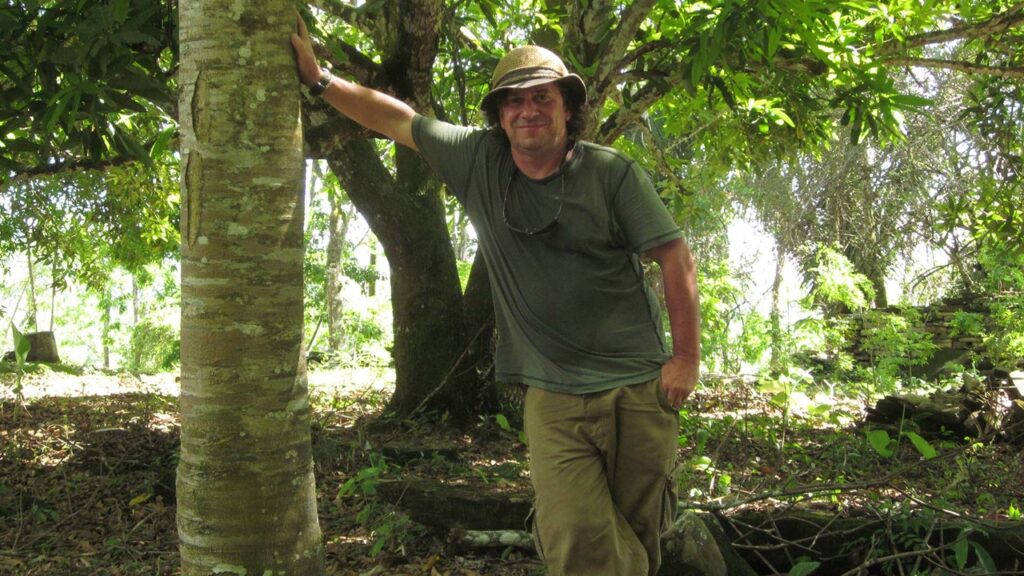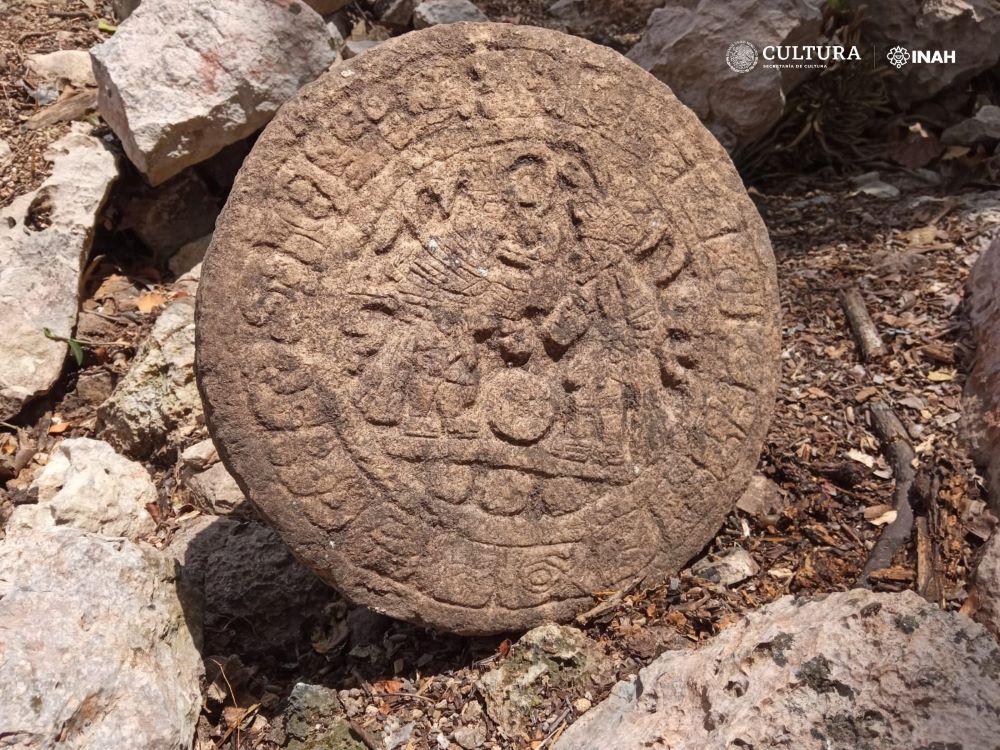The ‘boiler room’ of the bath in the Ancient City of Metropolis was unearthed

The vault section, called the ‘boiler room’, which provides a heat source, has been unearthed in the historical bath of the ancient city of Metropolis in the Torbalı district of İzmir.
The ancient city of Metropolis, which was founded on a hill between Yeniköy and Özbey villages in the west of Torbalı Plain, is the first residential area of Torbalı, which is situated 45 kilometers east of Izmir. Metropolis means Mother Goddess city.
The excavations carried out by the Ministry of Culture and Tourism in the Ancient City of Metropolis are supported by Torbalı Municipality, Metropolis Lovers Association, Sabancı Foundation, and İzmir Metropolitan Municipality.
The first settlement traces around Metropolis date back to the Stone Age (Neolithic) Tepeköy, Dedecik, Kuşçuburun. Although the Hellenic community on the acropolis was founded after the ninth century BC, the city’s greatest growth occurred in the third century BC.
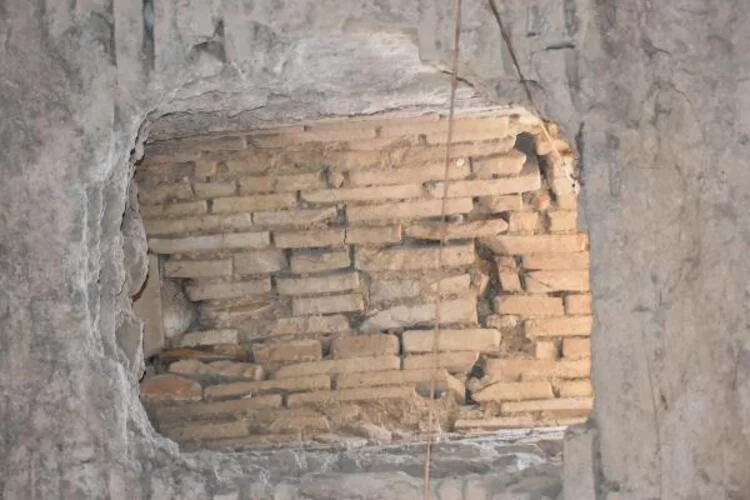
In the ancient city, where many monumental structures were unearthed, this year’s excavations are carried out around the Hellenistic theater, one of the city’s most important structures. With the works carried out for the last 2 years, the boiler room in the historical bath of the ancient city was also unearthed.
Head of the Metropolis Ancient City Excavation, Manisa Celal Bayar University Department of Archeology lecturer Professor Dr. Serdar Aybek said, “The building where the bath is located has a large area of 6 thousand square meters. This is an extremely large area, it needs meticulous work.”
The vaulted gallery we are in is one of the most important halls of the building. The area used as the ‘service corridor’. Along with its terrace, it is one of the most original examples of stone and brick architecture in Anatolia.
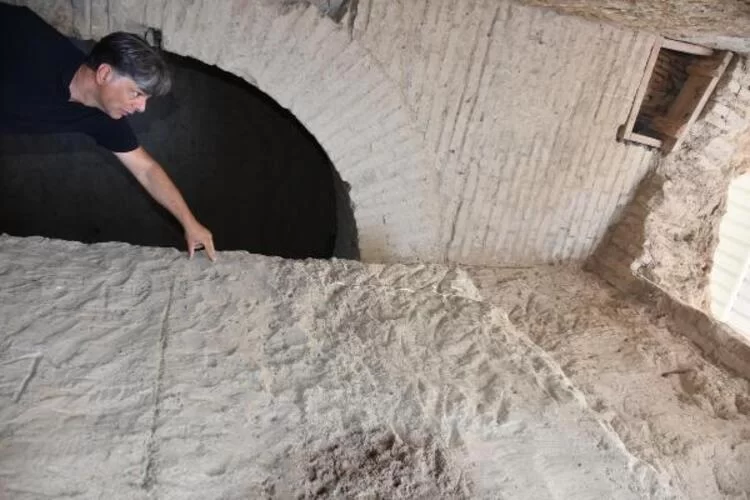
Aybek also added that the bath was built in different phases and dates back to 1800 years ago. First, while it had a small area in the 1st century AD; It was expanded in the 2nd century AD, and its halls were enlarged. Additional buildings such as the vault section have been included in the plan to heat the newly enlarged halls.
Stating that the vault section unearthed can be seen as the ‘boiler room’ that provides the heat source of the bath in modern terms, Professor Aybek said, “The ‘Hypocaust’ method, which is the central heating system established by the Romans, used.”
“The baths are heated by means of perforated bricks placed on both the floor and the wall. The boilers, which are the first step of heating, are located here.
The bath is heated by burning the region’s red pine trees in furnaces positioned below ground level, below the three pools in the main area of the bath,” he said.
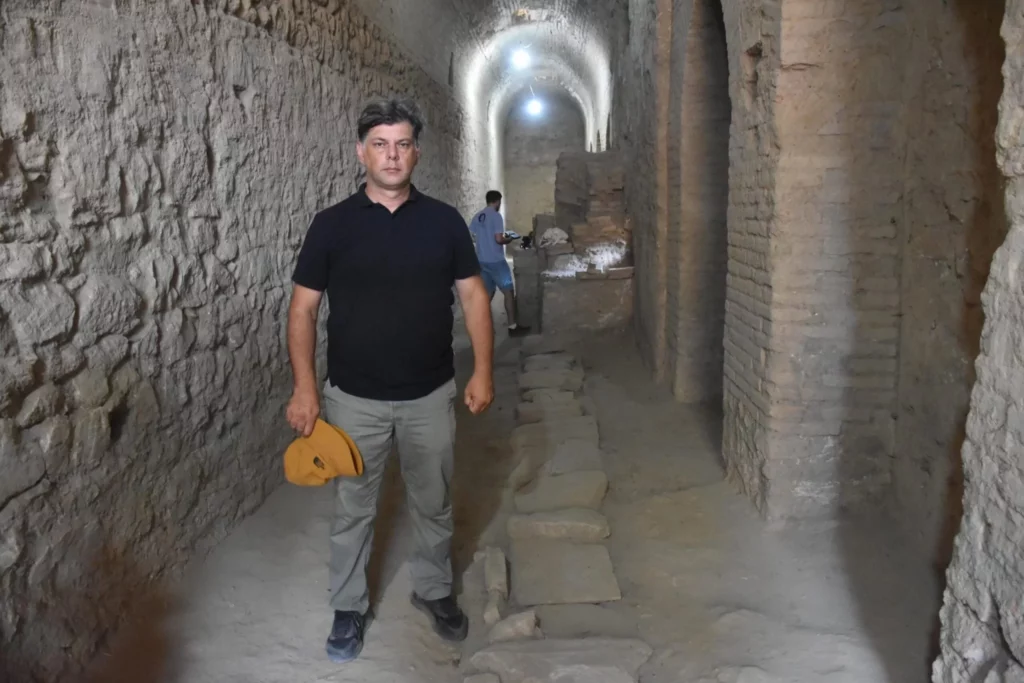
Professor Aybek stated that it was a pleasant surprise that the vault section was still standing with its terrace: “We saw that the building was at terrace level and completely preserved. This part was completely unearthed through archaeological excavations.”
We uncovered the well-preserved structure by excavating about 9 meters of earth fill. This part reveals only a part of the bath.
This is one of the most important structures of the Metropolis here. It has facilities and management units such as sports and dining halls. This is the place that constitutes the most important attraction center of the city,” he said.
